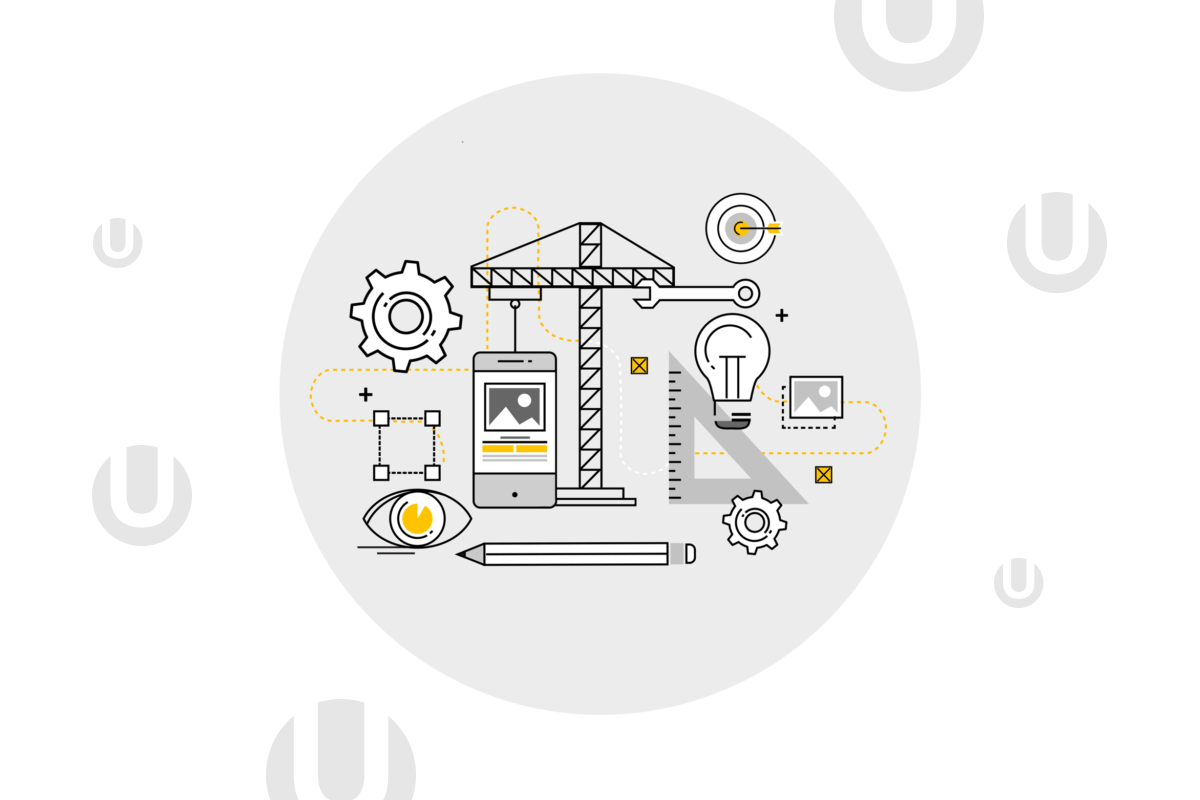Technology is growing faster, and new tools, frameworks, and features are appearing at an unbelievable pace to match. It happens that an application you’ve spent years of time and money developing is not meeting your business needs anymore. That’s why deciding to rebuild your legacy software throughout the product development process can become an option.
Reasons to rebuild your product

Some possible reasons to rebuild legacy software could be:
- Outdated software is difficult to update and costs too much to maintain.
- UX patterns have expended and effected older software.
- Mobile compatibility may not have been included when the original code was written.
- The original build doesn’t have enough accessibility, resulting in software that alienates the users and makes the company exposed to litigation.
- Feature inclusions have changed the original vision of the product.
- The new markets affect current users who are getting tired of a slow application update.
- The company’s rates are decreasing as potential clients are looking for more modern solutions.
Factors to consider before rebuilding your software
Before rebuilding your software with the latest technology, it’s essential to perform an audit to give you an idea of the cost and time commitment needed.
Here, you should consider the following factors:
- Hardware costs of hardware replacement
- Expenditure on hardware hosting
- Cost for developers to support software
- Licensing fees
- Maintenance fees and timing
- Migration costs from a legacy system to a new system
Main steps of the legacy rebuild
- Identify the gaps
Check how big the gaps between the tasks your system can complete vs what task it should complete to reach your business goals. - Consider your current capacity
(real-time capabilities, processing speed, ability to support new platforms, etc.). Understand the weak points and choose the strategy, or find a vendor who will analyze your business and help with the plan. Note, that legacy systems often have non-existent, no testing, outdated frameworks, and inconsistent code. - Test your hypotheses
When you came up with the rebuild plan, test your hypotheses. It can be tempting to rebuild the whole system from the scratch, but it might require a substantial upfront investment. - Decide between a partial and a complete rebuild
UppLabs can analyze your system and software and help you with this decision. It could make sense to consider only modernizing the parts that bring the most value to your business. Also, reconsider the definition of MVP. - Create the product rebuild roadmap
If there are dramatic changes planned in the working software, make sure users will not be affected. - Run the sales team through the ready product roadmap
- Maintain the success strategy
Hiring an extended team for your legacy rebuild
Thanks to this model, while working on your project, UppLabs specialists can turn to be yours.
The extended team model works perfectly well for such kinds of projects:
- Big multi-part projects that require some additional technologies;
- Smaller side projects that the company doesn’t want to give to the in-house team because they are involving in the main business process;
- Current projects that need additional resources because of their expenditure.
Among the most essential advantages of hiring an extended team are:
- The whole teamwork is easier to synchronize;
- The workflow within the entire team is more clear and transparent;
- Mutual cooperation creates equal responsibilities;
- The development capacity can be easily scaled;
- It’s a fast way to form a team. All specialists are ready and processes are in place.
Get in touch with UppLabs to find out how we can help you with your legacy system rebuild!
How UppLabs can help
Our engineers work end-to-end together with the clients discussing all possible scenarios and questions, starting from strategy to digital, we bring transformational outcomes. This is UppLabs’s task to show you the opportunities, needs, and threats.
Our team has been working in the web development sphere for many years, and have dozens of successful projects and satisfied customers from all over the world. Our aim is to implement the latest innovations in providing the best solutions for all stages of project development, timely technical support, and a high level of maintenance for our customers’ businesses.
Our assurance as a software development service includes:
- Discovery session
- Designing and applying appropriate project management standards
- Planning and monitoring the project (timelines and budget)
- Managing project risks
- Ensuring customer satisfaction
- Organizing and motivating a project team
- Creating detailed, comprehensive, and well-structured technical documentation
- Estimating, prioritizing, planning, and coordinating testing activities
- Developing and applying development and testing processes for new and existing products to meet client needs
- CI/CD (Continuous Integration and Continuous Delivery)
You can always book a call with Upplabs and delegate the task with a value proposition to us!

